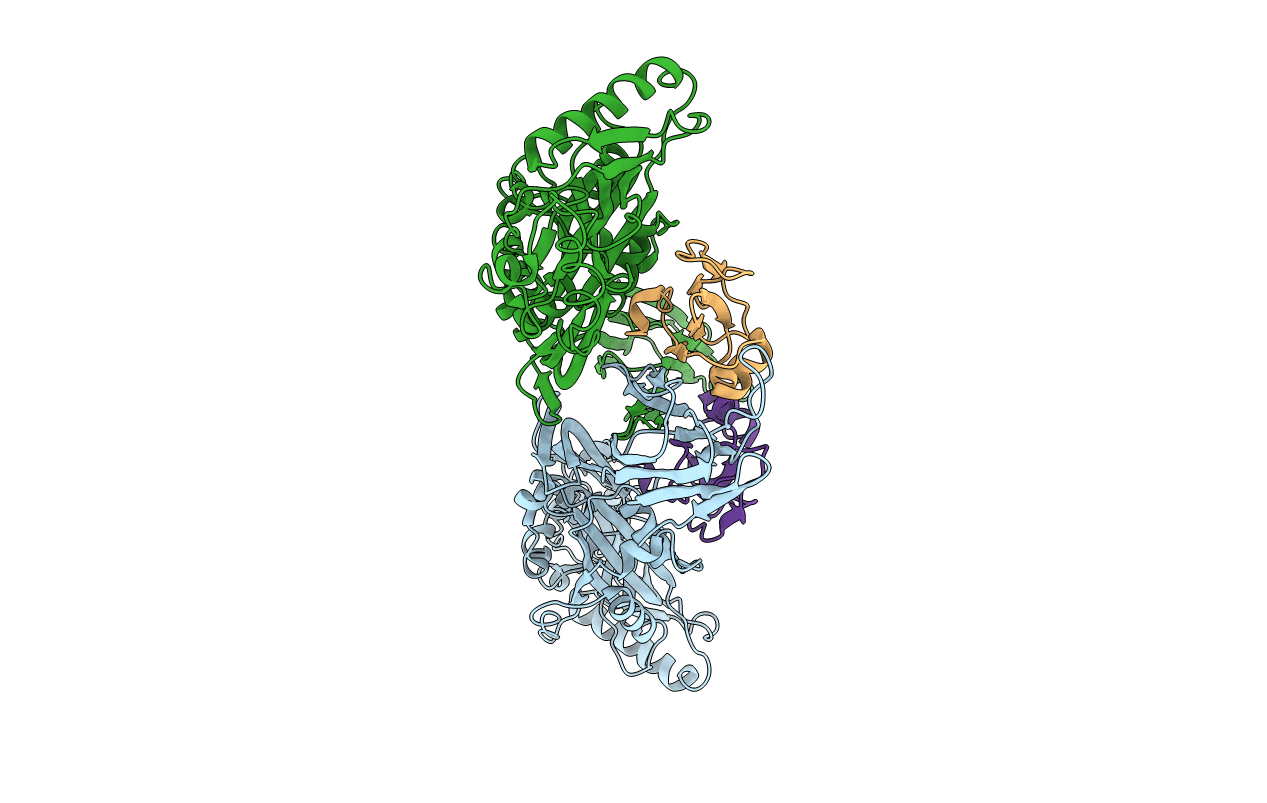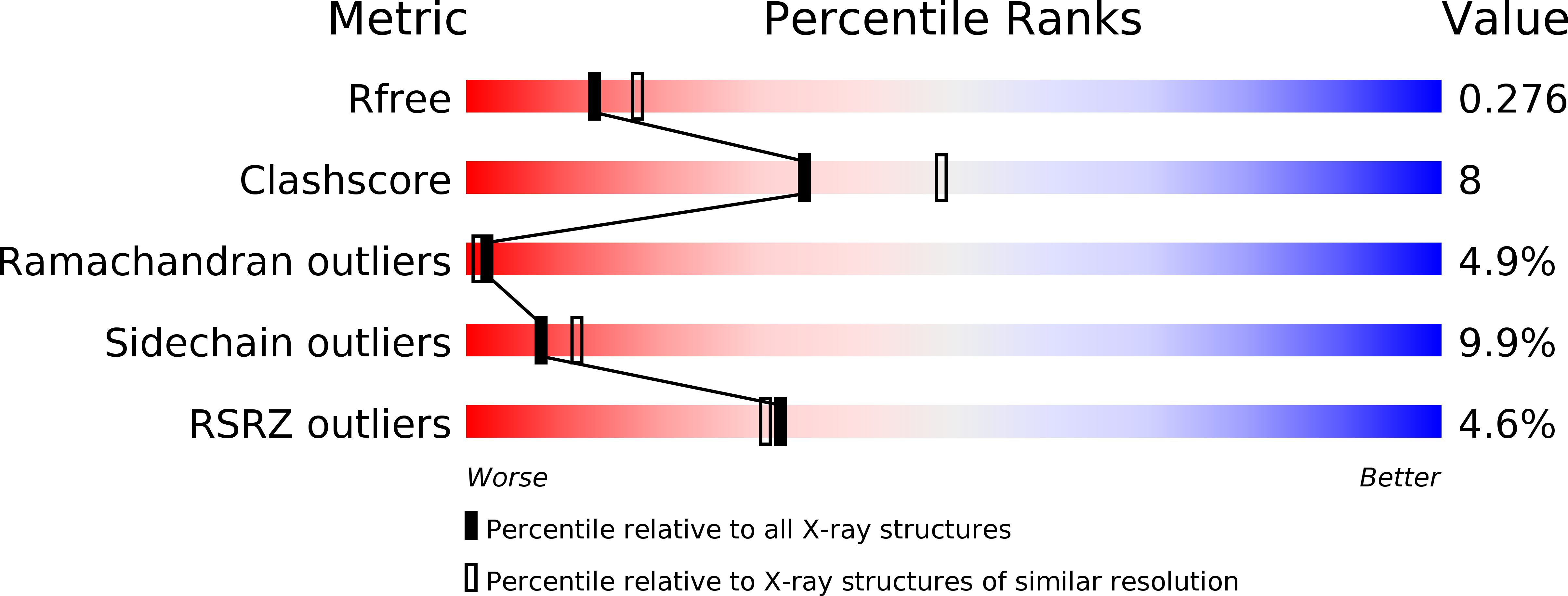
Deposition Date
2016-03-07
Release Date
2016-08-24
Last Version Date
2024-11-06
Entry Detail
Biological Source:
Source Organism:
Gardnerella vaginalis (Taxon ID: 2702)
Homo sapiens (Taxon ID: 9606)
Homo sapiens (Taxon ID: 9606)
Host Organism:
Method Details:
Experimental Method:
Resolution:
2.40 Å
R-Value Free:
0.27
R-Value Work:
0.23
R-Value Observed:
0.23
Space Group:
P 21 21 2


